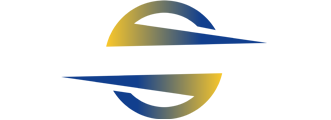Managing Health,
Safety & Environmental Program

We achieve our commitment toward HSE Excellence by implementing the following principles:
- Safety must be planned into every job. Identifying the risks and potential hazards of the work and the work environment is a continuing obligation of management and employees. Safety, job competence, and work efficiency go together for a successful and profitable job.
- Safety is a condition of employment, and all employees must exhibit a conscientious assumption of health and safety responsibility.
- People are the most essential element of the program because concerned, involved, and trained employees are Supreme Services’ greatest resource.
- Health and safety rules are important because they set certain behavioral procedures to be followed. Developing, reinforcing, and updating these rules are a continuous activity and usually result from lessons learned and past experiences.
- An employee who has been properly instructed by the first-line supervisor is more likely to perform a job conscientiously, efficiently, safely, and correctly the very first time it is done. Taking time to do a job right the first time minimizes the potential risk to employees.
- For safe work practices to become work habits, a detailed Job Safety Analysis (JSA) should be provided on new, different, unusual, or critical jobs or when variations occur.
- Conducting group safety meetings allows health and safety information to be distributed to the workforce. Frequent reminders and opportunities to “tell why” are necessary to train, motivate, convince, and educate employees to perform their work in the most productive and safe manner.
- Ongoing operations that cause equipment to become defective because of normal wear and tear create unsafe conditions and possible downtime. Through inspections and preventative maintenance programs, the chance of accidents and downtime because of “sudden” failures are reduced, and undesirable situations are corrected before losses occur.
- Investigating accidents leads to accident prevention. Learning from losses, establishing controls, and conducting follow-ups keeps similar accidents from happening. Sharing investigative findings from other areas to help ALL work areas makes the most of lessons learned.
Quality Objectives
- Maintain an effective Quality Management System.
- Provide products and services that satisfy customer requirements.
- Evaluate corrective actions to reduce repetitive discrepancies.


